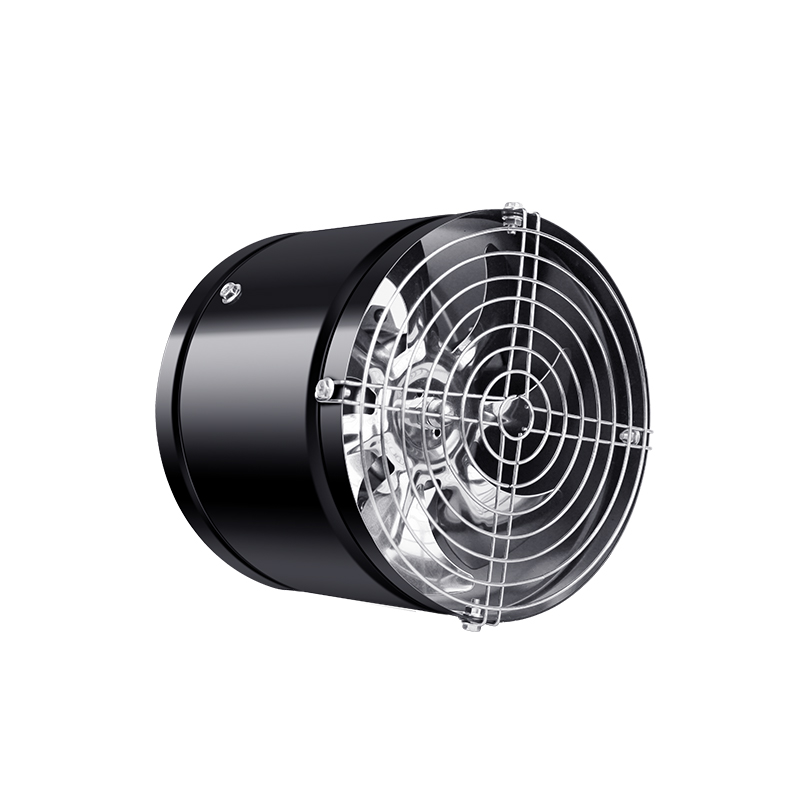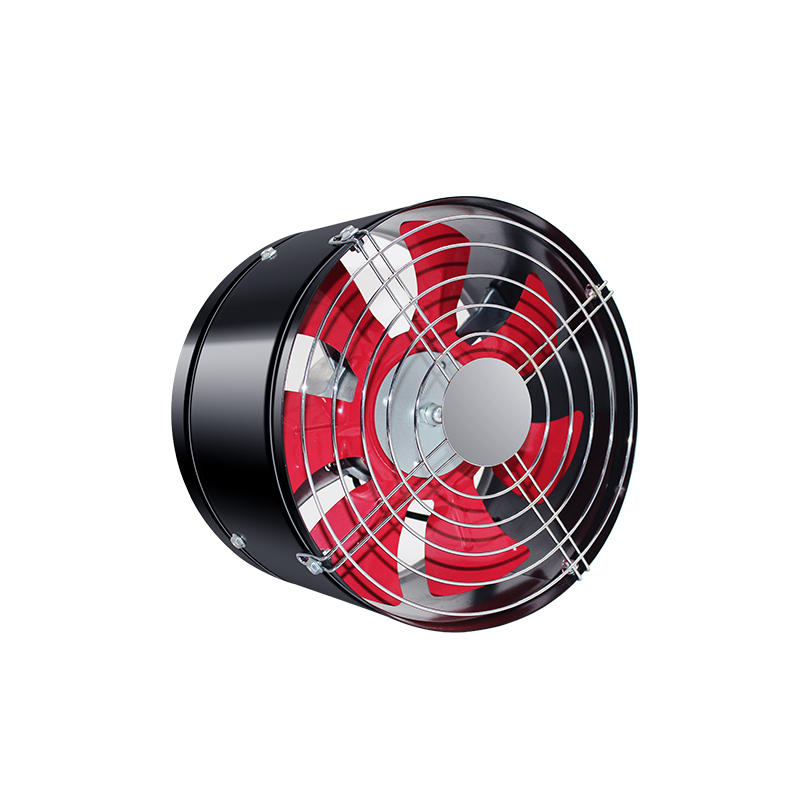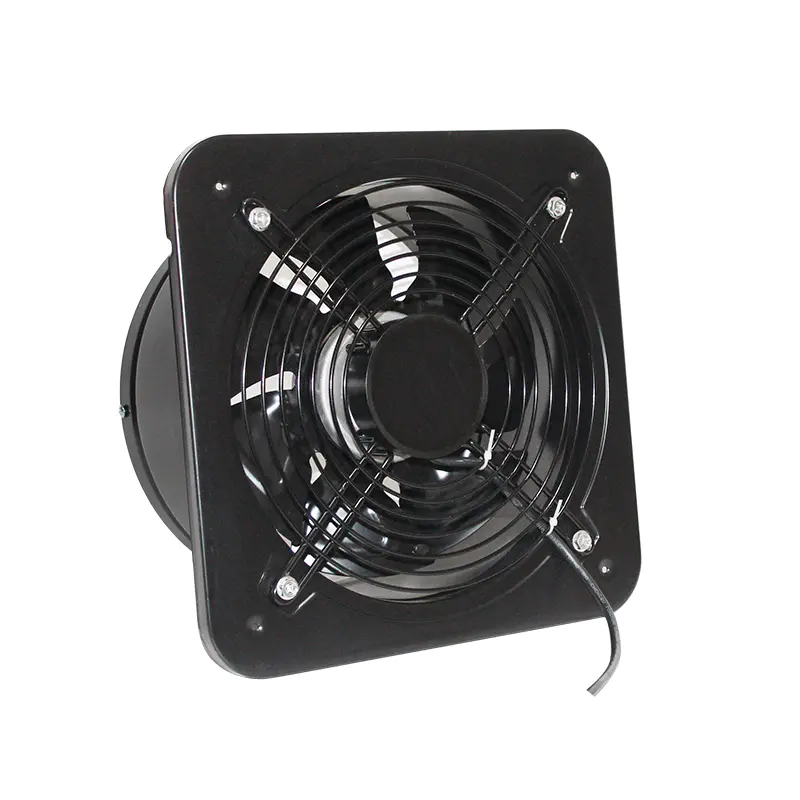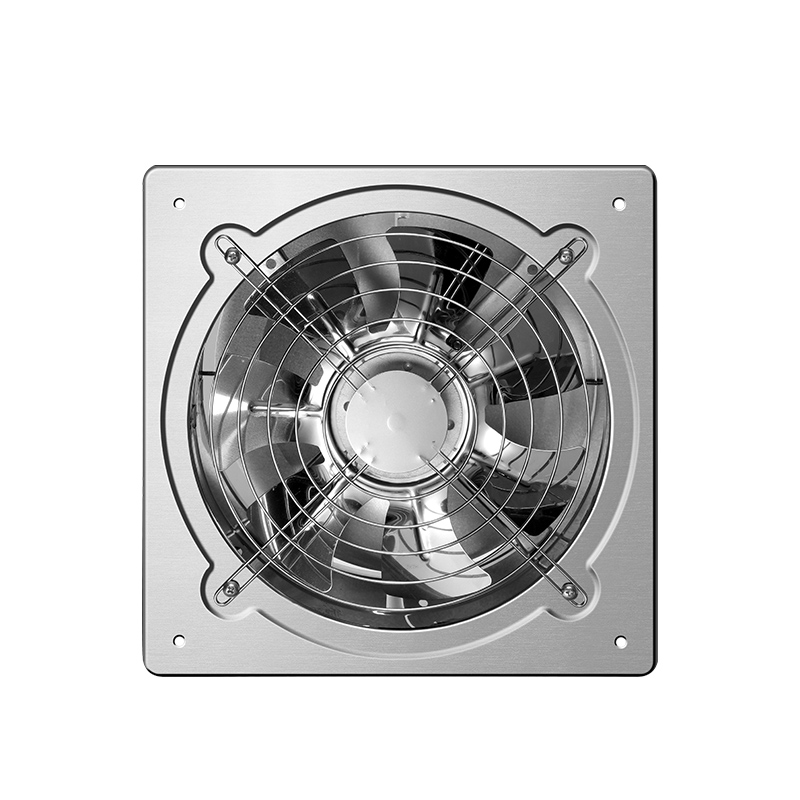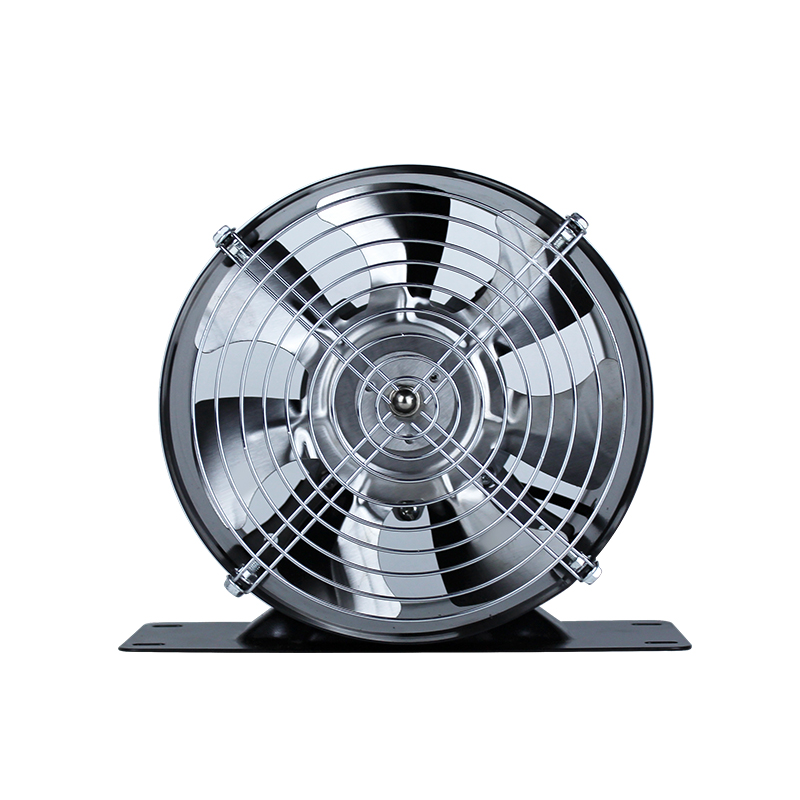News
The Ultimate Guide to Ducted Ventilation Fans: Selection, Installation, and Maintenance
Understanding Ducted Ventilation Fans
Ducted ventilation fans serve as the backbone of effective indoor air quality management systems. These sophisticated devices work by actively channeling stale air, excess moisture, and airborne contaminants through a network of ducts to the exterior of a building. Unlike simple exhaust fans or recirculating systems, ducted ventilation provides complete air exchange, making it particularly valuable in spaces where humidity control and pollutant removal are critical concerns such as bathrooms, kitchens, and commercial environments.
The importance of proper ventilation cannot be overstated. According to environmental health studies, inadequate ventilation can lead to a buildup of carbon dioxide, volatile organic compounds (VOCs), and mold spores - all of which contribute to what experts call "sick building syndrome." Ducted systems address these issues comprehensively by ensuring continuous air replacement rather than mere filtration or recirculation.
Energy-Saving Silent Duct Fan Inline Duct Fan
When evaluating how to choose the right ducted ventilation fan for your home, it's essential to consider not just immediate needs but long-term performance factors. The market offers various configurations, from basic single-point exhaust systems to complex heat recovery ventilation (HRV) units that conserve energy while refreshing indoor air. Understanding these options forms the foundation for making an informed selection that balances performance, energy efficiency, and installation requirements.
This guide will systematically explore all critical aspects of ducted ventilation systems. We'll examine the fundamental differences between ducted vs. ductless ventilation fans, provide professional-grade ducted ventilation fan installation tips for beginners, analyze what makes certain models qualify as energy-efficient ducted ventilation fans, and troubleshoot common problems with ducted ventilation fans that homeowners frequently encounter.
Selecting the Ideal Ducted Ventilation System
Choosing an appropriate ducted ventilation fan requires careful analysis of multiple technical specifications and their relationship to your specific environment. The selection process goes beyond simple CFM ratings to encompass acoustic performance, energy consumption profiles, and system compatibility with your building's infrastructure.
Calculating Precise Airflow Requirements
The foundation of proper fan selection lies in accurate airflow calculations. While the standard recommendation of 1 CFM per square foot works for basic residential bathrooms, more sophisticated calculations are needed for:
- High-moisture areas (steam showers, indoor pools): 2-3 CFM/sq.ft
- Commercial kitchens: 15-20 air changes per hour
- Home workshops: 6-8 CFM/sq.ft for dust control
The formula for precise calculation is:
Required CFM = (Room Volume × Air Changes per Hour) ÷ 60
For example, a master bathroom measuring 12' × 10' with 8' ceilings (960 cubic feet) needing 8 air changes per hour would require:
(960 × 8) ÷ 60 = 128 CFM
Advanced Noise Control Considerations
While sone ratings provide basic noise level indications, professionals evaluate several additional factors:
- Octave band analysis - How noise distributes across frequencies
- Duct-borne noise transmission - Requires proper duct insulation
- Structural vibration - Needs anti-vibration mounts
- Aerodynamic noise - Caused by turbulent airflow
Premium models incorporate:
- Silicone-isolated motors
- Aerodynamically optimized impellers
- Sound-absorbing cabinet materials
Energy Efficiency Metrics Beyond ENERGY STAR
| Metric | Standard Fan | High-Efficiency Fan |
|---|---|---|
| Watts/CFM | 0.8-1.2 | 0.3-0.6 |
| Motor Type | AC Induction | ECM/BLDC |
| Part-Load Efficiency | Poor | Excellent |
| Power Factor | 0.6-0.8 | 0.95+ |
ECM (Electronically Commutated Motor) technology represents the current gold standard, offering:
- 65-70% energy reduction
- Precise speed control
- Built-in diagnostics
Duct System Design Implications
Proper ducting design significantly impacts performance:
- Duct Material: Rigid metal ducts maintain airflow better than flexible alternatives
- Layout Principles:
- Maximum 15-20 feet total equivalent length
- No more than two 90° bends
- Gradual transitions between duct sizes
- Insulation Requirements:
- R-8 minimum in unconditioned spaces
- Vapor barriers in cold climates
Smart Features for Modern Systems
Leading-edge ventilation solutions now incorporate:
- IoT connectivity for remote monitoring
- Automatic humidity and VOC sensors
- Integration with building automation systems
- Self-diagnostic capabilities
By methodically evaluating these technical parameters against your specific requirements, you can select a ducted ventilation fan that delivers optimal performance across all critical metrics.
Comparative Analysis: Ducted Versus Ductless Systems
The choice between ducted and ductless ventilation involves fundamental differences in operational philosophy, installation requirements, and long-term performance characteristics. This comprehensive comparison examines both systems across multiple dimensions to facilitate informed decision-making.
Air Exchange Effectiveness
Ducted systems provide complete air replacement, physically removing contaminants from the building. In contrast, ductless models merely filter and recirculate air, which presents several limitations:
- Humidity Reduction: Ducted systems remove moisture-laden air; ductless systems cannot reduce absolute humidity
- Particulate Removal: Ducted systems eliminate particles entirely; ductless filters eventually saturate
- Gas Phase Contaminants: Ducted systems expel VOCs; ductless systems have limited adsorption capacity
Laboratory testing shows ducted systems maintain 40-50% lower CO₂ concentrations in occupied spaces compared to recirculating systems.
Installation Complexity and Cost Structure
| Component | Ducted System | Ductless System |
|---|---|---|
| Mechanical Equipment | Central fan unit | Multiple point-source units |
| Distribution System | Duct network | None |
| Wall/Building Penetrations | Requires exterior vents | None |
| Typical Installation Time | 8-16 hours | 2-4 hours |
| Professional Labor Required | HVAC technician | Handyman level |
While ductless systems offer simpler installation, ducted systems provide:
- Lower long-term maintenance costs
- Higher property value enhancement
- Better integration with whole-house systems
Operational Performance Metrics
| Parameter | Ducted | Ductless |
|---|---|---|
| Air Changes per Hour | 4-6 ACH achievable | Limited to 2-3 ACH |
| Noise at 100 CFM | 0.8-1.2 sones | 2.5-3.5 sones |
| Filtration Efficiency | MERV 8-13 typical | HEPA possible but restrictive |
| Energy Recovery Capable | Yes (HRV/ERV) | No |
Specialized Applications
Certain scenarios particularly favor one system over the other:
Ducted Systems Excel In:
- Whole-house ventilation strategies
- High-humidity environments
- Spaces requiring strict odor control
- Buildings with existing ductwork
Ductless Systems Work For:
- Retrofit applications with access limitations
- Temporary ventilation needs
- Supplemental spot ventilation
- Rental properties with modification restrictions
Lifecycle Cost Analysis
A 10-year cost comparison for a 2,000 sq.ft home reveals:
| Cost Factor | Ducted | Ductless |
|---|---|---|
| Initial Installation | $3,500-$6,000 | $1,200-$2,500 |
| Energy Costs | $400/year | $700/year |
| Filter Replacement | $50/year | $150/year |
| Maintenance | $100/year | $200/year |
| 10-Year Total | $9,000 | $11,500 |
This analysis demonstrates that while ducted systems require higher initial investment, they deliver 28% lower total cost of ownership over a decade.
Professional Recommendations
HVAC engineers typically recommend:
- Ducted systems for new construction and whole-house solutions
- Ductless systems for localized problems in existing structures
- Hybrid approaches when budget constraints meet specific performance needs
The decision ultimately depends on your specific requirements, but for most residential applications seeking comprehensive air quality management, ducted ventilation fans provide superior long-term value and performance.


 English
English 中文简体
中文简体
